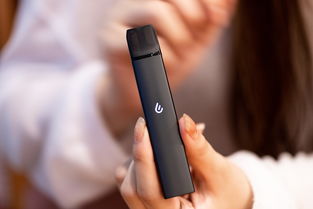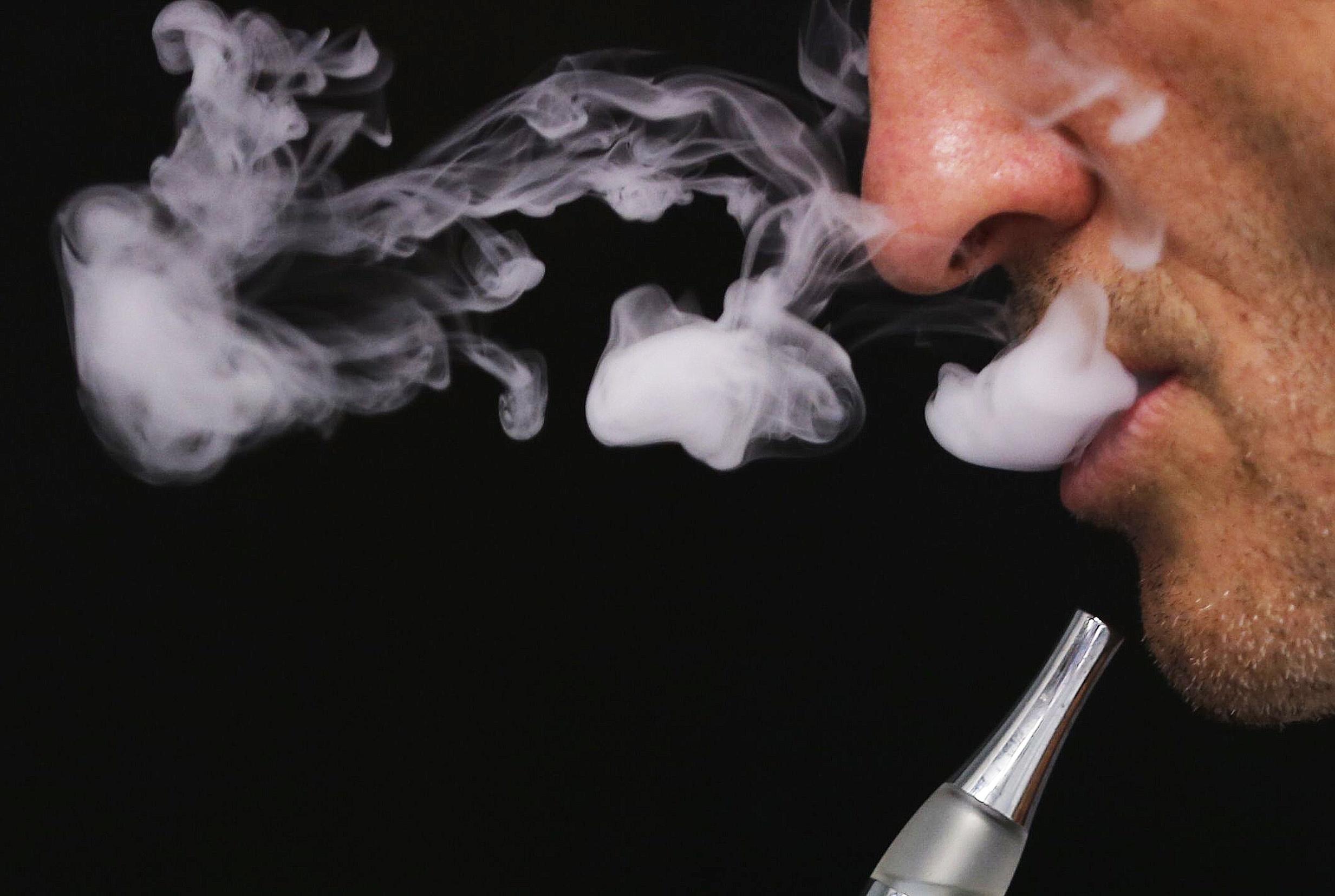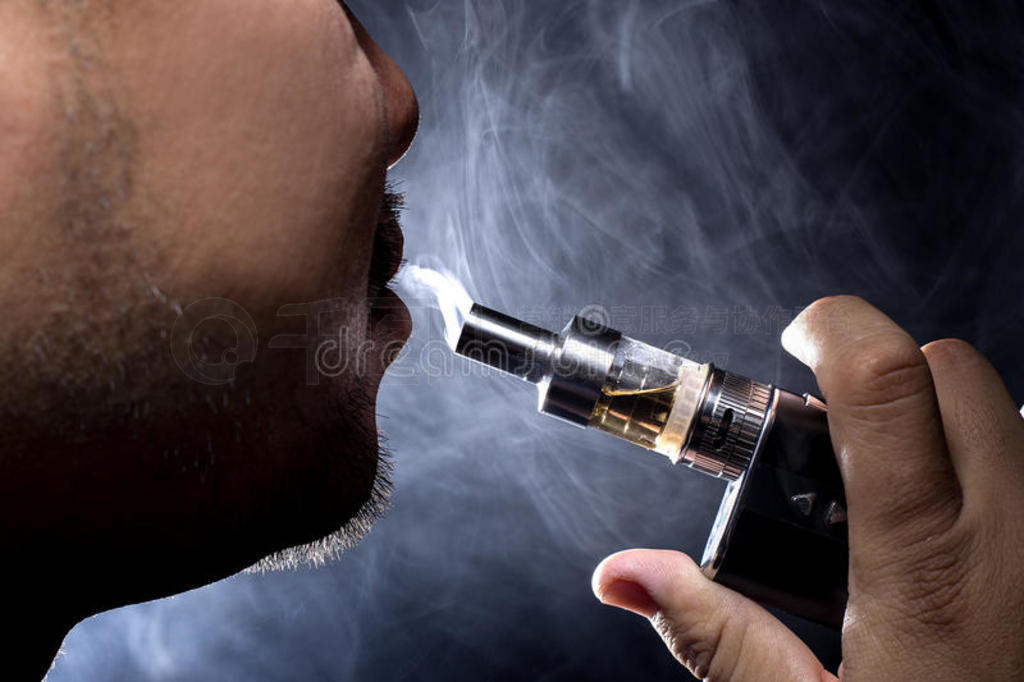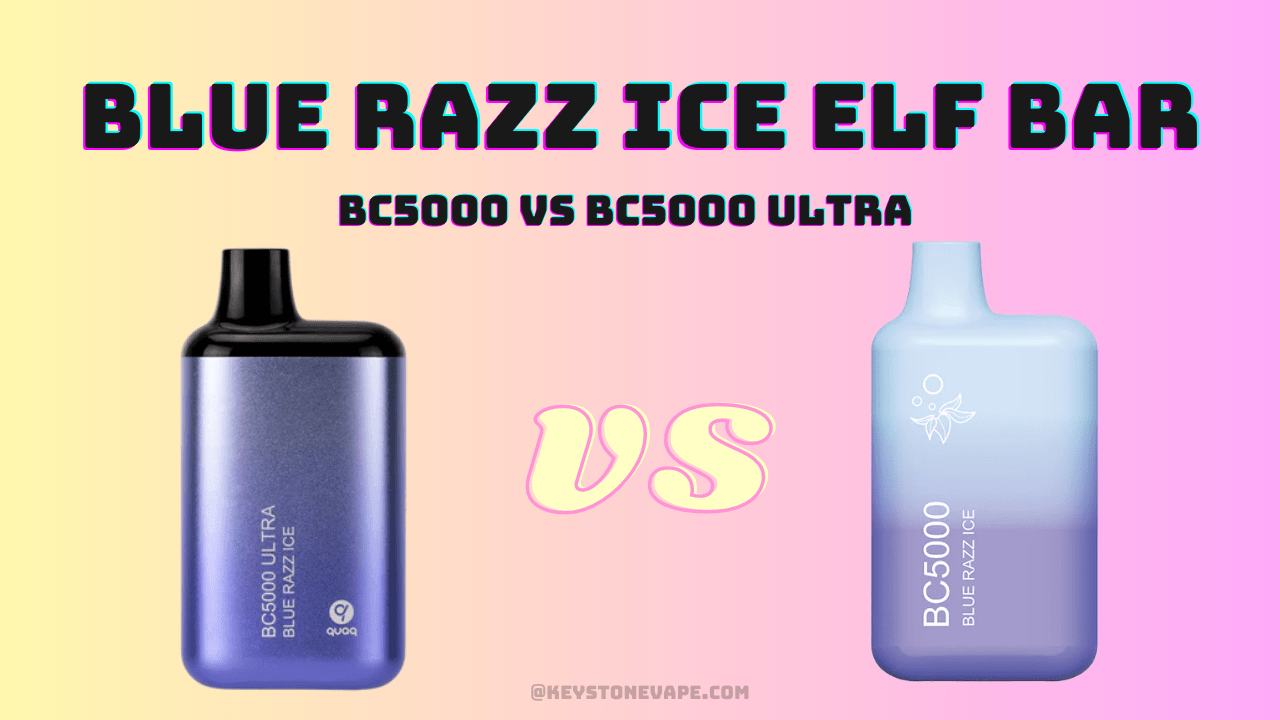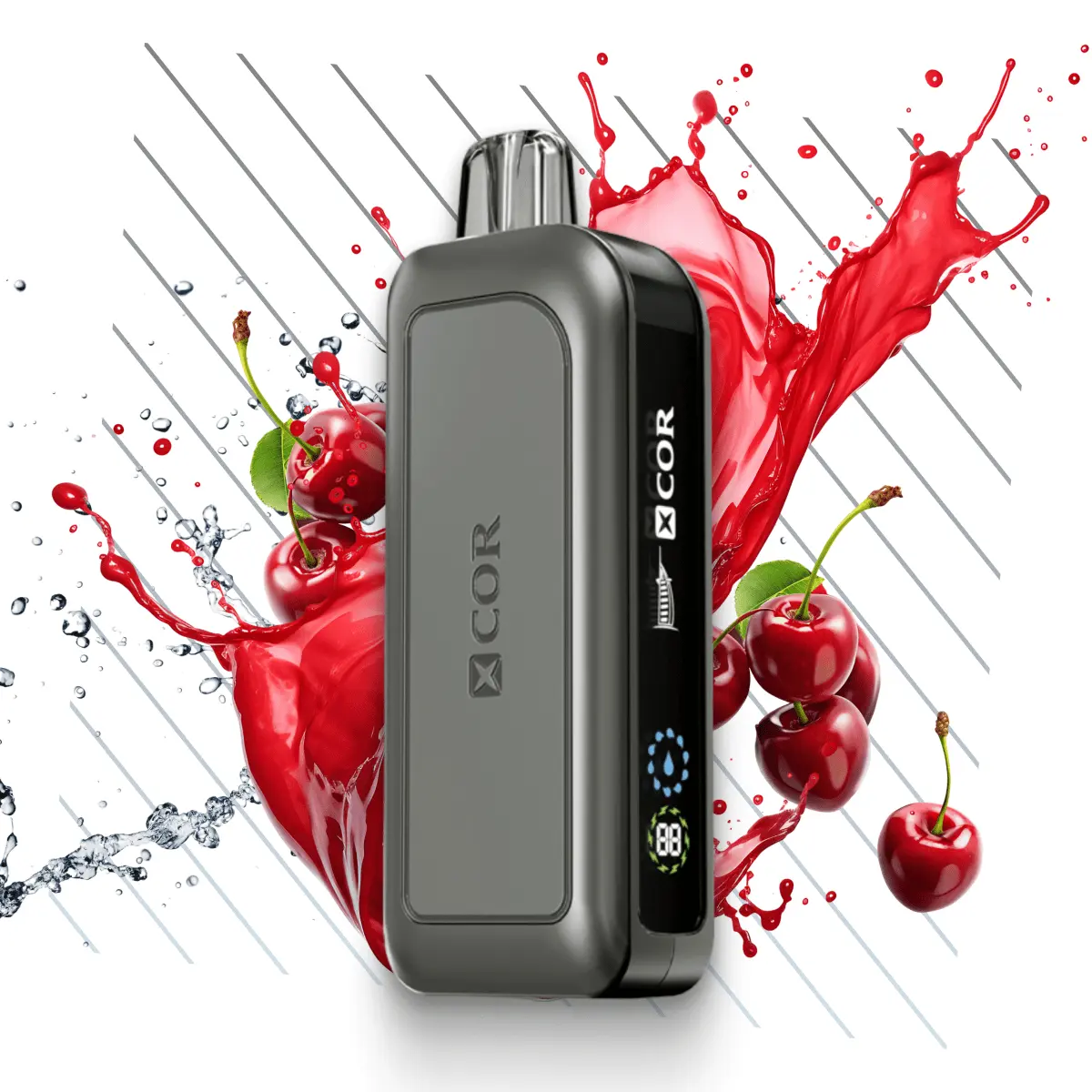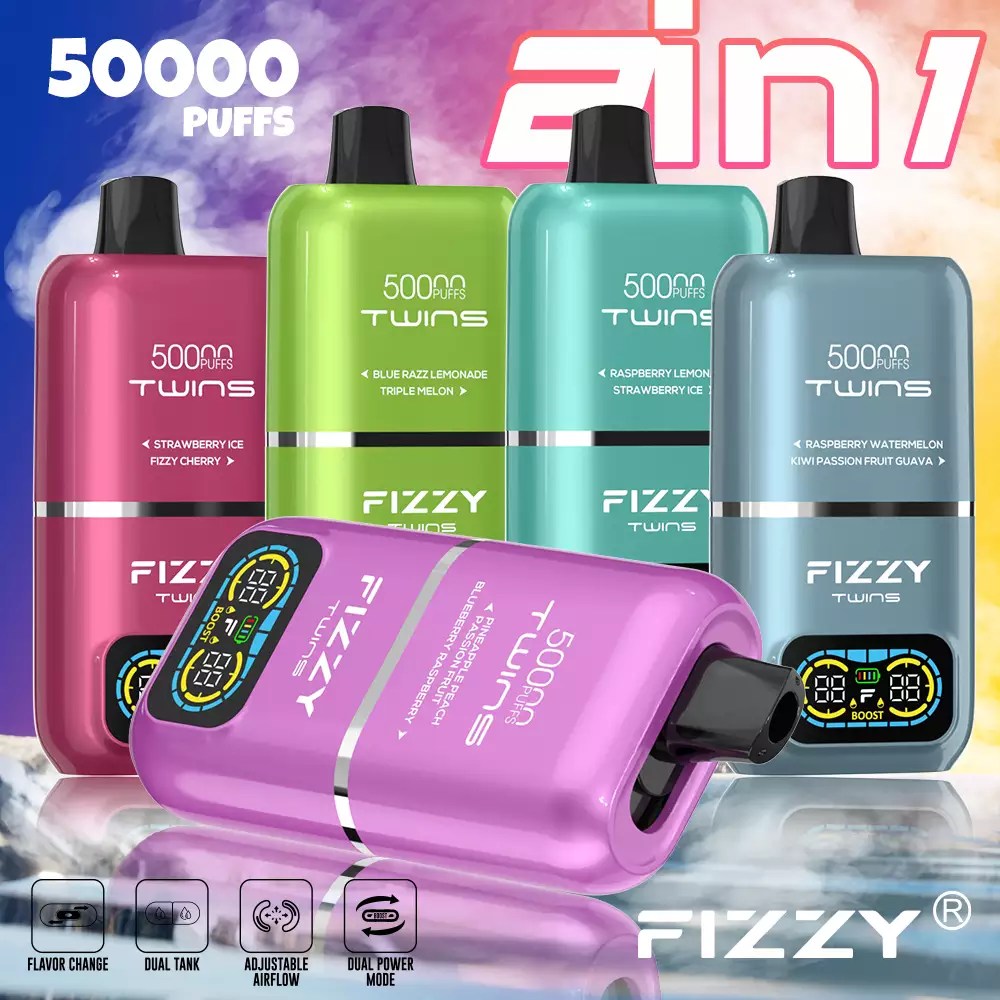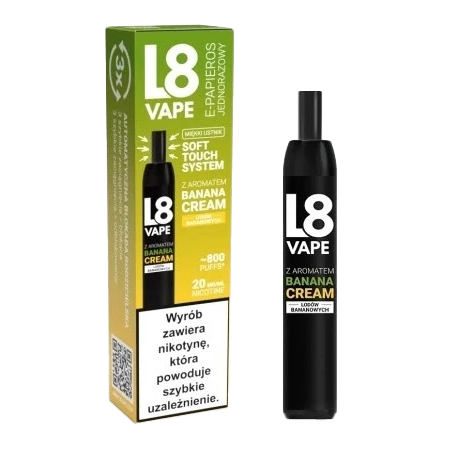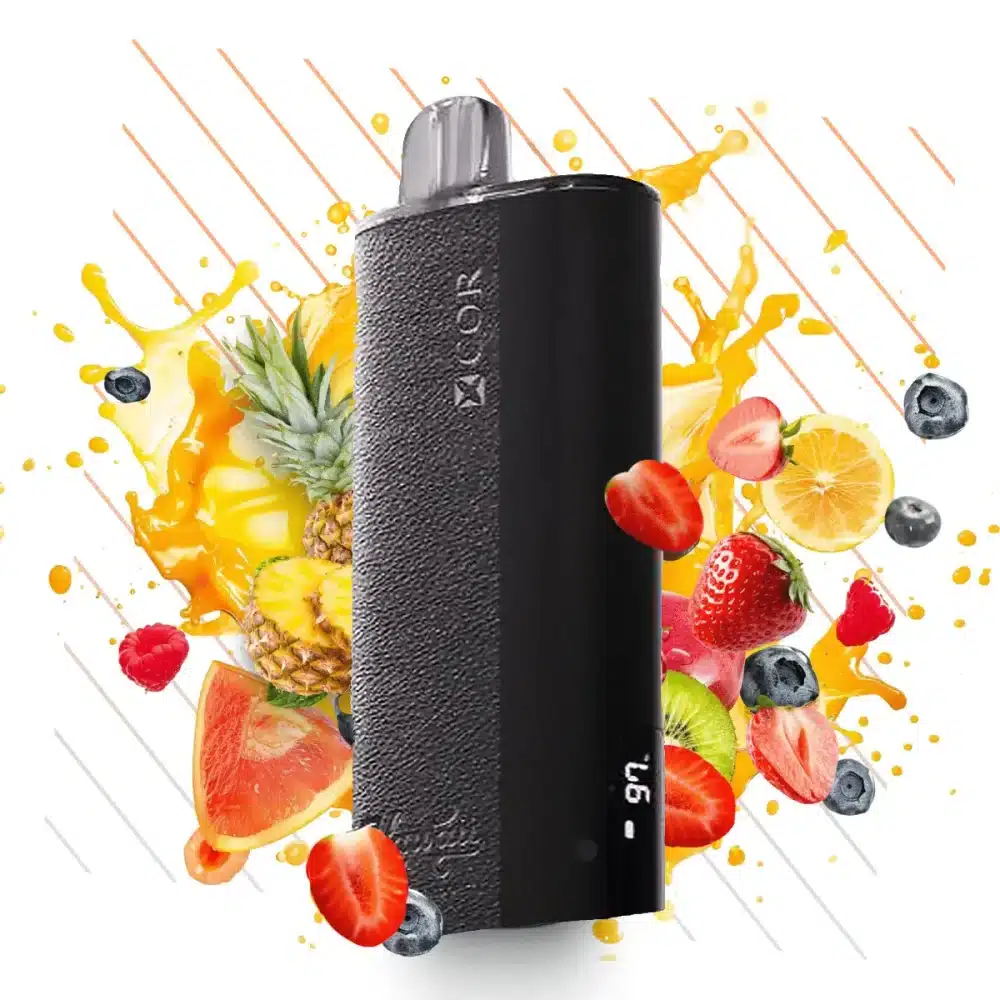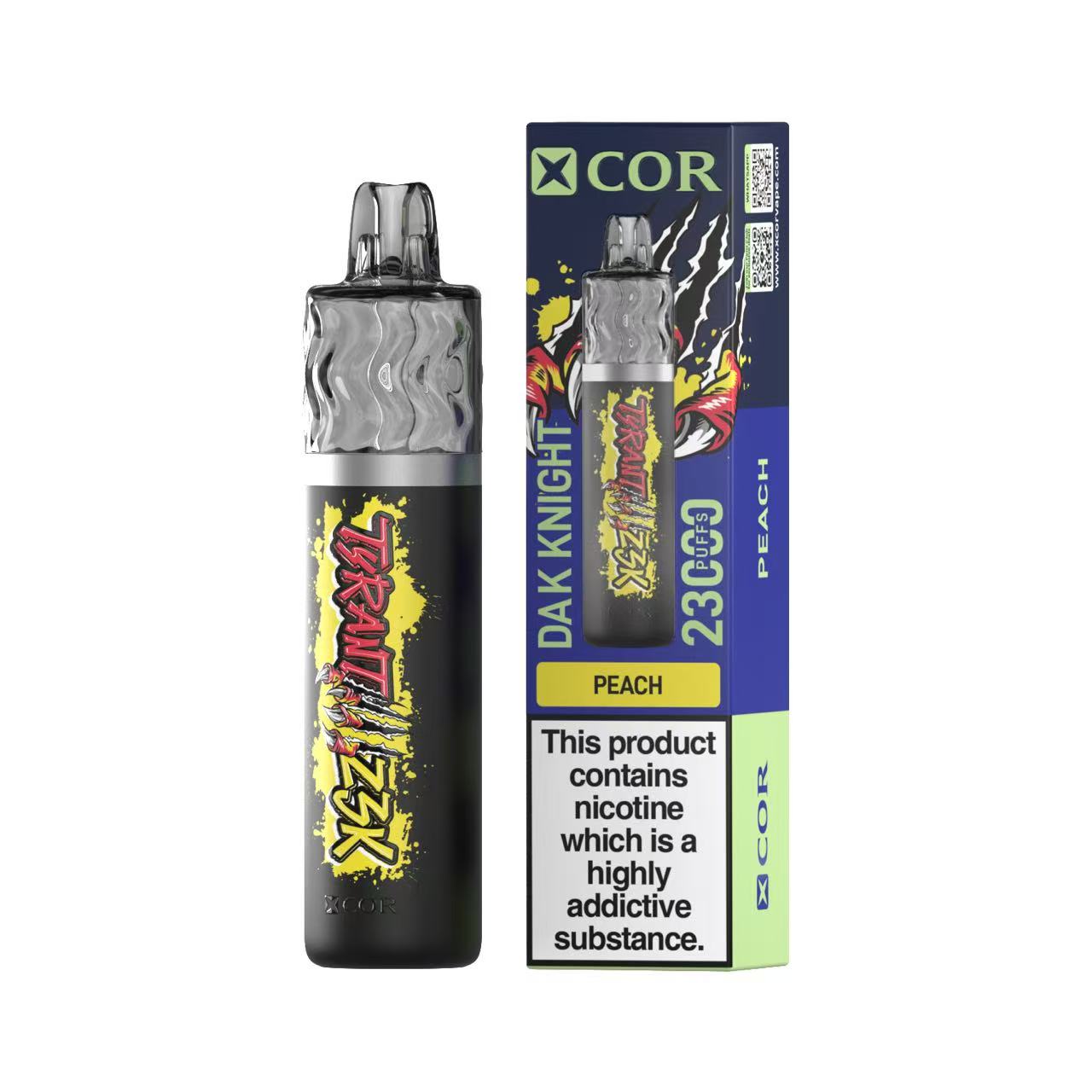Building mesh vape coils can seem daunting, but with the right knowledge and tools, it's achievable. This guide provides a step-by-step approach to building your own mesh coils, covering various aspects from choosing the right materials to troubleshooting common issues.
Understanding Mesh Coils:
Mesh coils utilize a network of thin wires, usually made of Kanthal A1, Nickel 80, or Stainless Steel, to heat the e-liquid. This design provides a large surface area for vapor production, leading to a smoother, more flavorful vape. Different mesh coil types exist, each with its own characteristics. Single mesh coils are simpler to build, while dual or triple mesh coils can produce more vapor and flavor. Consider your vaping style and preferences when selecting a mesh coil type.
Essential Tools and Materials:
- Mesh Wire: Choose a mesh wire suitable for your vaping device. Different gauges and thicknesses will affect the vaping experience. Kanthal A1 is a popular choice for its consistent heating performance.
- Coil Building Tools: A set of pliers, wire cutters, and needle-nose pliers are essential for shaping and cutting the mesh wire.
- Resistance Measuring Tool: A multimeter or resistance reader is crucial for accurately measuring the coil's resistance.
- Cotton or Organic Fiber Wicking: Choose a wicking material that's compatible with your device and mesh coil.
- E-liquid: Select an e-liquid that matches your desired flavor and nicotine strength.
Building a Mesh Coil:
- Prepare the Mesh Wire: Cut a piece of mesh wire of the desired length. Measure the wire to ensure it fits the coil slot of your device.
- Shape the Coil: Carefully shape the mesh wire into the desired coil form. Experiment with different coil shapes and sizes to find the optimal setup for your device.
- Secure the Coil: Carefully secure the coil to the coil base of your device. Use appropriate tools to ensure the coil is positioned correctly and won't shift during use.
- Add Wicking: Carefully wrap the cotton or organic fiber around the coil. Make sure the wicking material is saturated with e-liquid to ensure proper vapor production.
- Check Resistance: Use a multimeter to measure the coil's resistance. The target resistance will vary depending on your device and preferences. Adjust the coil build if necessary to achieve the desired resistance.
Troubleshooting Tips:
- Dry Hits: If you experience dry hits, ensure the wicking material is properly saturated with e-liquid.
- Burning: If you experience burning, adjust the coil build to reduce the coil's resistance. Try different wicking materials or coil shapes.
- Low Vapor Production: Increase the coil's resistance to reduce the wattage and achieve a smoother vape.
Frequently Asked Questions (FAQ):
- What is the ideal resistance for a mesh coil? The ideal resistance varies depending on the device and user preference. Consult your device's manual or online resources for recommendations.
- How often should I replace my mesh coil? Coil lifespan depends on usage frequency and vaping style. Replace coils when you notice a decrease in vapor production or flavor.
- What are the benefits of using mesh coils? Mesh coils offer superior vapor production and flavor compared to traditional coils. They also provide a smoother vaping experience.


